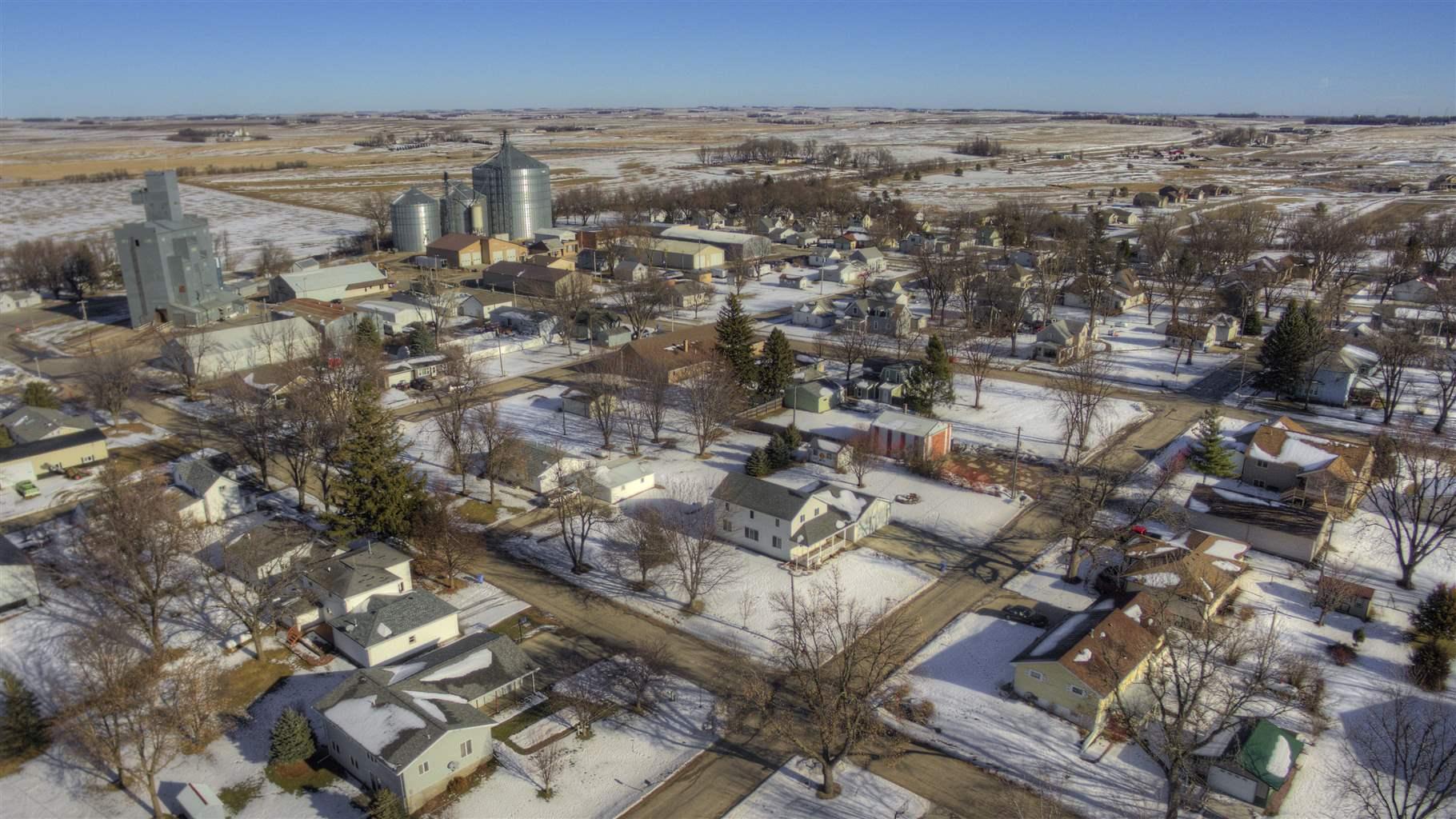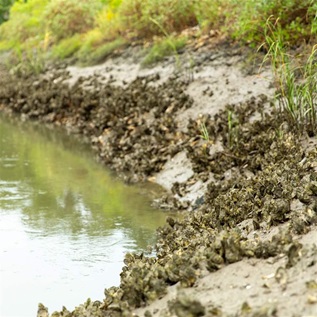What Policymakers Can Learn From the ‘Minnesota Model’ of Broadband Expansion
Bernadine Joselyn of the Governor’s Broadband Task Force discusses state successes and lessons learned

As policymakers at all levels of government turn their attention to expanding broadband access, a number of state successes could inform their efforts. Chief among these is Minnesota: The state has long been praised for its robust, multifaceted approach to broadband expansion, which includes the Governor’s Broadband Task Force, a diverse group of constituents charged with representing the interests of their communities.
Task force member Bernadine Joselyn is director of public policy and engagement for the Blandin Foundation, based in Grand Rapids, Minnesota, which focuses on strengthening rural communities in the state. This interview with her has been edited for clarity and length.
Q: Minnesota is often held up as a leader in state efforts to expand broadband deployment. What do you see as the state’s main accomplishments?
A: There are several key elements of what we call the “Minnesota Model.” First are the legislatively mandated state broadband speed goals. The state also has an Office of Broadband Development (OBD), charged with managing the state’s Border to Border grant-matching program, which provides funding to connect homes in unserved or underserved communities, as well as the state’s broadband mapping program. The OBD is also responsible for coordinating with tribal, state, and federal agencies to help align resources and efforts toward achieving our state’s broadband goals.
The Minnesota Rural Broadband Coalition is another key element.
Q: The Minnesota Rural Broadband Coalition? What’s that?
A: It’s a nonpartisan group of citizens who want better broadband for themselves, their cousins across town, and their customers all over the state. It includes associations of towns and counties, school districts, local nonprofit organizations, and even the business sector. Coalition members are helping to ensure that rural realities and perspectives are part of the policy conversation. The coalition helps create and maintain public support for the Border to Border program.
Finally, we have the Governor’s Broadband Task Force.
Q: What’s the task force? How does it work?
A: The task force was originally formed in 2011. Governor Tim Walz continued the work in 2019 via an executive order that describes the duties this way:
A multi-stakeholder body should continue to advise the executive and legislative branches on broadband policy, including strategies for successfully achieving the state broadband goals, comprehensive assessment of digital inclusion issues and gaps, and strategies for unlocking the benefits of universal access to broadband for all communities in Minnesota.
The task force meets as a full group monthly; there are 15 of us. And we’ve established three subcommittees: Minnesota Model; Economic Development and Digital Inclusion; and Barriers and Technology. At our monthly meeting of the full group, we learn and deliberate together, working toward preparing an annual report and recommendations to the governor and the Legislature. Task force members may be invited by the Legislature to testify in support of the recommendations.
Q: What role does the task force play in helping expand broadband access?
A: The greatest support the task force can provide is consistently recommending continued and increased funding for the Office of Broadband Development and the Border to Border grant program it manages. And we’ve done that every year since the task force was created in 2011. In 2020, the task force further recommended that the grant program and OBD be funded from the state’s base budget and that the state also fund efforts to encourage broadband adoption and use—which are key ways to address our troubling digital divide.
The task force also raises the profile of the state’s overall broadband efforts and the need for continued public investment by measuring what gets done each year: celebrating the successes and documenting the ongoing needs.
Q: Can you talk about the successes?
A: The state has awarded $105.6 million in grant funding since 2014, which in turn triggered an additional $146.5 million in matching local and/or private investments.
New networks have brought high speed broadband service to over 43,000 households, almost 7,000 businesses, and more than 360 community anchor institutions—such as schools, health care facilities, and libraries—across Minnesota.
Q: The executive order refers to the task force as a multi-stakeholder body, and the task force aims to bring together representation from different sectors and communities in the state. Why is that important?
A: Community voices are key, as is representation from different groups, including education, health care, labor, local government, and tribes. It’s well established by now that including diverse voices in public policy discussions encourages creative and innovative thinking, which leads to better decision-making and problem solving.
Q: Earlier, you mentioned the importance of the Rural Broadband Coalition. Can you say a little more?
A: We still have communities who aren’t connected and getting them online requires leadership at the community level. The Blandin Foundation is privileged to help support and resource community-led broadband initiatives in rural Minnesota, including funding the feasibility studies needed to prepare proposals for state and federal money.
We’re making progress on our broadband goals, but rural broadband availability is still 9% below the statewide percentage.
Q: “Progress on our broadband goals.” Can you give us an example?
A: The state established a broadband goal in 2010, and since then we’ve seen a consistent increase in households that have access to broadband. Then, in 2016, the task force recommended adding a speed goal of 100/20—meaning 100 megabits per second (Mbps) of download speed and 20 Mbps of upload speed—by 2026, which is faster than the currently defined minimum for broadband access of 25 Mbps/3Mbps. Establishing the goal ensured investment in higher speeds, and we’ve since seen a consistent increase in broadband speeds. Setting goals has made a difference.
Q: Has the pandemic influenced the work or priorities of the task force?
A: It’s affected how we work directly. Normally we would meet in person, with members driving to the state capital of St. Paul from across the state. But since last March we’ve had to meet online. Unfortunately, we’re a new iteration of the task force and hadn’t had much of an opportunity to work together before the pandemic. But we persevered, in part because we could see the increased need for broadband all around us. We even experience it ourselves: Sometimes during meetings it’s been a challenge for some members and guests to fully participate because of spotty internet.
In fact, that’s one of the silver linings of the pandemic: the increased understanding of the need for broadband.
When the pandemic hit, schools in Minnesota moved to distance learning. Telehealth took center stage: Legislation removed barriers with insurance and accreditation to make online health care easier. And any work that could was moved online.
All of that meant that Minnesotans without broadband, who were already at a detriment, couldn’t fully participate. Pre-pandemic, students without broadband had a harder time than their classmates doing homework; suddenly they couldn’t even do schoolwork. Students with broadband attended class through Zoom; students without broadband were often relegated to paper packets of worksheets dropped off at their home.
Q: Minnesota’s broadband program is now well established. What are some key lessons?
A: The Border to Border grants have been successful because the Office of Broadband Development worked hard to create a process that promoted public-private partnerships and community engagement in which internet service providers were incentivized to work with local communities. OBD created rules that were forward-focused but still practical, such as the requirement for solutions to be scalable to 100/100 Mbps—which means that grants are invested in networks that can be adapted to changing internet needs while recognizing that networks can’t all be built in a day. And because OBD is housed in the Department of Employment and Economic Development, the program’s focus is on economic development more than on regulation, which has allayed the concerns from some providers.
Q: What’s next for the task force? What are its priorities?
A: The goals in the year ahead include reviewing the state’s internet speed targets—with an eye toward emphasizing improvements of upload speeds—and continuing to help advocates, community leaders, and elected officials build the case for ongoing public investment in broadband infrastructure and adoption.
Q: Based on your experience, what advice would you give to other states?
A: Broadband is one of the few issues that receives bipartisan support these days: Everyone recognizes that access denied is opportunity denied, and that increasing broadband access and adoption are absolutely necessary in building a more equitable and prosperous future for all. So conditions are ripe for organizing and planning to get ready for the federal funding opportunities we all anticipate. Having a broadband office and/or task force in place will help states optimize those opportunities.
This work requires partners. Work collaboratively—with internet service providers, other state programs, federal agencies, other agencies in your state, and philanthropic organizations. No one entity has the resources to solve the problem on its own. No one knows it all.















